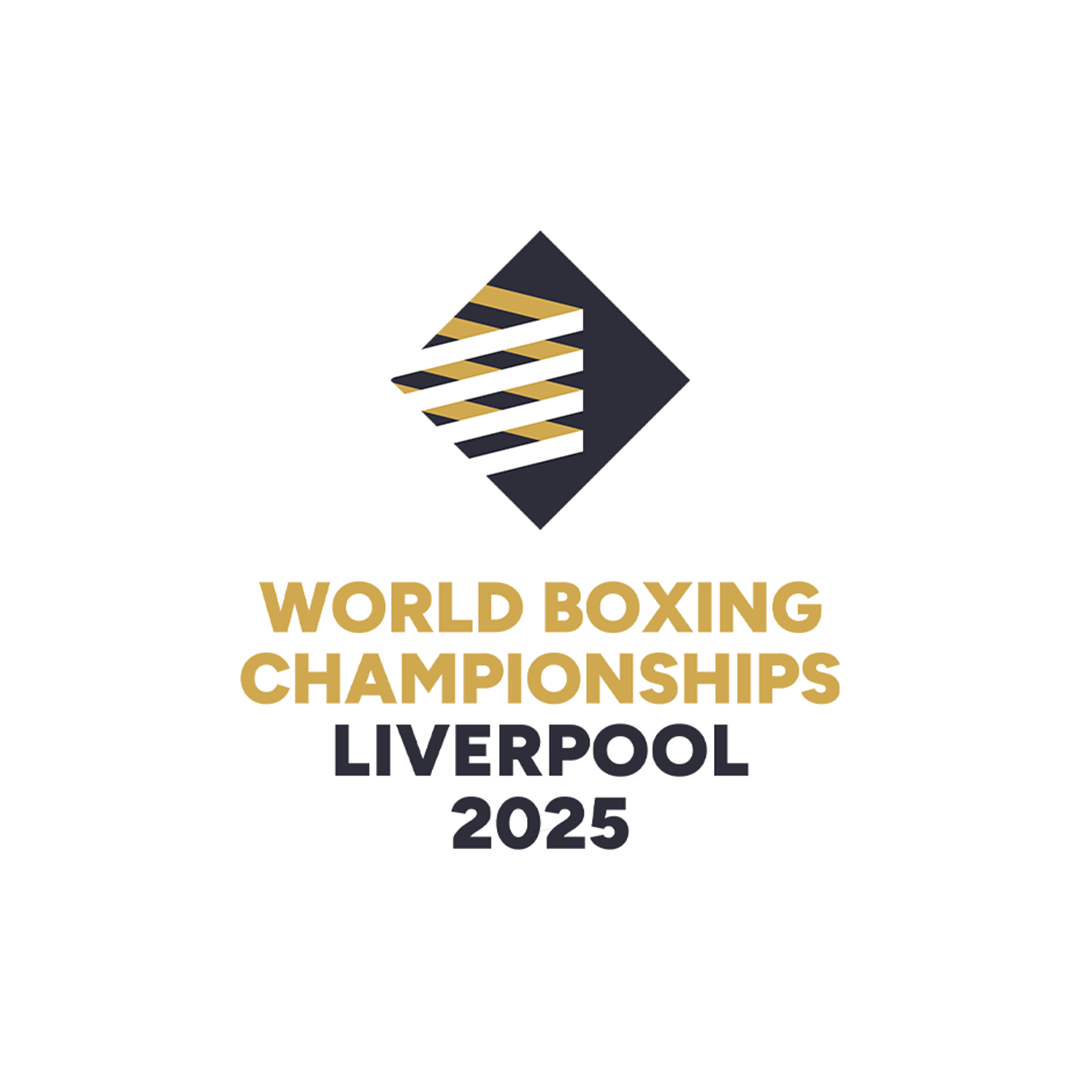The Hidden Asset: Understanding the Importance of Brand Equity
A 4-part guide for marketers on how to build brand equity by MD, Stephen Ardern

This month sees the release of Kantar’s BrandZ report, highlighting the most valuable brands on the planet.
But what sits at the heart of the report, and why is understanding it so important?
Building and maintaining a strong and valuable brand is crucial for long-term business success in today’s highly competitive market. And one essential concept at the core of business value is ‘brand equity’.
What is brand equity?
Brand equity represents the intangible value and reputation a brand accumulates overtime. The most challenging aspect of this is intangible! Something that Boards and investors need help comprehending, measuring, reporting on, and managing.
Unlike tangible assets such as physical inventory or machinery that may sit on a balance sheet, brand equity represents the unseen value and reputation associated with a brand. It encompasses the positive perceptions, emotional connections, and customer loyalty that contribute to a brand’s market position and financial performance. While brand equity may not have a physical presence, it holds significant value and can considerably influence a company’s success in the market.
The most valuable brands in the world have built powerful connections allowing them to create shareholder value faster, resist market downturns, and recover sooner from recessions. Brands with powerful connections have three essential qualities: Meaningful, Different, and Salient.
- KantarBrandZ
Marketers strive for this on a daily basis, but the effort is seldom recognised – because it’s intangible. But Kantar provides compelling evidence that brand equity is equally important and valuable as the tangible assets within the organisation.
How does it work?
Kantar refers to:
Financial value (£) x brand contribution (%) = brand equity (£)
But what is brand contribution? At Continuous, we would consider six aspects:
01. Brand Identity
A strong and distinct brand identity contributes to brand equity. This includes brand name, logo, tagline, design elements, and brand messaging. A well-crafted brand identity helps create a unique and recognisable image that resonates with consumers.
02. Brand Awareness
The degree to which potential customers recognise a brand. Building brand awareness ensures that consumers are familiar with the brand and consider it a viable option when making purchasing decisions.
03. Perceived Quality
The perception of a brand’s quality compared to its competitors. Brands that consistently deliver superior products or services establish a reputation for quality, enabling them to demand a premium price and driving profitability.
04. Brand Loyalty
The level of customer commitment and repeat purchase behaviour exhibited towards a brand. Loyal customers contribute to revenue and act as brand advocates, positively influencing others and strengthening brand equity.
05. Brand Associations
The positive attributes, values, and personality traits consumers associate with a brand. Strong brand associations evoke emotional connections, creating a distinctive brand image and enhancing brand equity.
06. Brand Extensions
Successful brand equity allows companies to extend their brand into new products or categories. Extensions leverage the existing brand’s positive associations and loyalty to launch new offerings, which benefit from the established brand reputation and customer trust. A great way to do this is through partnerships.
Getting these aspects of your brand right provides significant opportunities for growth, even during challenging economic uncertainty.
What are the tangible benefits ?
Over the last three years, many of our clients have prioritised sales activation over longer-term investment in brand building. However, by investing in brand building and nurturing positive brand equity, companies can establish a distinct competitive advantage, foster customer loyalty, and drive long-term growth in the marketplace.
Marketing doyens such as Mark Ritson, Byron Sharp, and Les Binet have published and commented regularly on the overwhelming evidence that investing in brand building results in a stronger, more competitive brand. And this isn’t a new phenomenon.
Studies into business growth during recessions (by MarketSense, McGraw-Hill Research, American Business Press, Buchen Advertising and Roland S Vaile) in every decade since the 1920s, all found that those companies that maintained, or further invested in, advertising and marketing grew significantly during the recession and the years that followed.
Kantar also provides evidence that supports this:
“This year, strong brand equity has also likely functioned as a bulwark against even steeper financial declines – especially during the skittish early days of 2023. At the same time, strong brand equity has also given businesses the runway they need to make bold bets about the future of their industries.
“Standing still is not an option. This decade, in the face of immense difficulties and considerable risk, top brands have nevertheless revamped and digitalised their operations with unprecedented speed – with huge implications for best practices around marketing, operations, and customer experience.
“So far, regardless of category, the operational pivots that have fared best share one thing in common: They have married breakthrough innovations with longer-term, emotionally resonant brand building.”
- Kantar BrandZ
The brands focused on building brand equity are more resilient in challenging times and outperform those that don’t:
“Kantar BrandZ analysis proves that strong brand equity is growing share prices faster and higher over the long term.
“Kantar BrandZ strong brands portfolio had grown +228% vs 2006 share prices by February 2020.
“In absolute terms, over the next 3 years, it has added a further +93% growth, compared to +69% for the S&P 500.”
- Kantar BrandZ

“Alongside the simple framework of Meaningful, Different and Salient, Kantar recognises that strong brands can set leading prices, justified through positive customer perceptions and a willingness to pay a premium. Strong brands are also continuing to meet evolving business standards around sustainability, showing up where it matters and differentiating where possible.”
- Kantar BrandZ

This provides a useful framework for marketers when considering the challenge of building more equity into their brand and planning a marketing strategy. The supporting data provides a compelling business case for the Boardroom and overwhelming evidence that adopting this approach will deliver long-term benefits and value.
What activities should I prioritise?
During the pandemic, many businesses protected EBIT by cutting marketing spend and prioritising sales activations that demonstrated ROI over longer-term brand-building activity. The effects of inflation and sluggish stock markets have compounded this behaviour, but there are signs that brands are starting to prioritise critical marketing spend once more.
“Total marketing budgets were revised higher during the second quarter of 2023, continuing the positive trend that began two years ago. However, spending weakened slightly as persistent inflationary pressures, ongoing interest rate hikes, and an uncertain economic outlook led some companies to retrench.
“A notable finding from the survey was for the main media segment, as marketing budgets fell for the first time since the third quarter of 2022. The drop in main media and rise in sales promotions spending suggesting a reactive change by UK businesses in response to the economic climate.”
- IPA Bellwether Report – 2023 Q2
Sales promotions, events, and direct marketing have all seen an increase in budget attribution, which is a positive sign. However, there’s still a significant amount of nervousness and diminished access to VC and IPO funding, making a significant investment into ongoing brand-building activity challenging for many businesses, especially SMEs.

IPA Director General Paul Bainsfair summarises the challenge faced by many companies in the latest Bellwether report:
“It is welcome news that total UK marketing budgets remain in positive territory, despite the latest figures from the ONS, which reveal a ‘listless’ UK economy. It is therefore not surprising to see a dramatic increase in sales promotion this quarter. But we would not want to see this as a long-term trend because our comprehensive bank of evidence shows that price promotions damage brands because they lower consumer price references and do not build brand loyalty. While, understandably, brands may think this is the right thing to do for their customers during the current cost-of-living crisis, it is a counter-productive exercise that may generate short-term spikes in sales volumes but will almost never change how consumers think or feel about their brand because they are only interested in the lowest price point. What happens next is the eventual erosion of a company’s long-term brand health and profitability.”
In a world of constant change, conflicting critical priorities, and ongoing short-term expectations from shareholders, it can be overwhelming for marketers to plan in the long term and attribute the appropriate budget to building brand equity successfully.
Kantar’s simple framework helps us prioritise, but where is the starting point?
Our work with clients focuses on both short-term brand activation campaigns and longer-term brand-building commitments. Working through numerous brand and marketing challenges, many focus on building brand equity.
These challenges are often complex and require the investment of time from the senior stakeholders within the business and significant fiscal resources to achieve the appropriate results.
Here are four considerations that can help marketers create a starting point for building brand equity. They are by no means a solution; each business has different requirements, and I’d urge you to work with our team of experts to understand how we can support you in developing confidence in the right plan for your business. So let’s think of them as thought starters.
01. Start with your story
If the value of intangible assets relies on powerful connections with customers, then look to the most compelling aspect of your brand to do this; your story. By telling a clear story in the best way possible, you can create emotional connections and positive experiences. Stories have the power to entice, engage, and excite. When people connect emotionally with your brand, they are more likely to develop loyalty and engage with your products or services.
02. Look back, to look forward
Audit your brand and marketing activity against the Kantar framework. Identify what you’re doing well or where the gaps are. Are you focused too much on activation? Look at what’s working and be clear about why.
03. Agree on the intangible
Financial value is fairly straightforward. However, understanding the proportion of financial value generated by the “brand’s ability to increase purchase volume and charge a premium” is a lot more difficult. Senior stakeholders must set out agreed measurement criteria and KPIs, plus a clear methodology for tracking.
04. Don’t try too much at once
Building brand equity takes time and resources, so taking a test-and-learn approach is critical. There is no silver bullet to success; testing smaller initiatives and adapting as you progress is the best way to stay on course to success. Engage with your customer more regularly, and get a detailed understanding of whether you’re connecting with them.
Continuous work with ambitious global brands that aspire to thrive in a changing world. If you’d like to know more about our experience and expertise, or engage with us with some of your own specific brand and marketing challenges, please get in touch.
When uncertainty and shifting expectations are the new normal, brands no longer need radical transformation. What’s needed is long-term thinking and the ability to adapt quickly.
Start with an email, and we’ll be in touch within 24 hours to organise a phone call, video chat, or face-to-face coffee – whatever works best for you.


.png)
.png)




